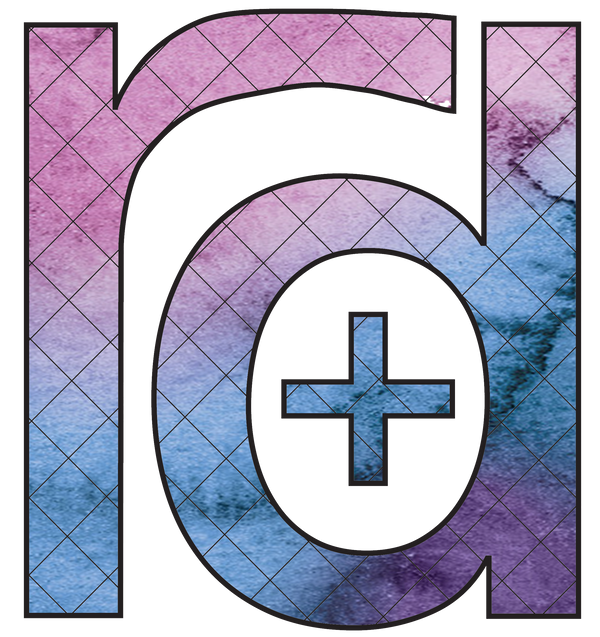How It's Made
Kitsch, Please

This method of rapid prototyping allows for a lot of fun in the process—R can quickly create things that are kitschy or funny. For example, after one friend saw the Taco Tuesday design, they joked about wanting best friend pendants for her and pizza. By the next time we saw her (which was for pizza and wine) R had a new pair for her.
R draws on any number of things when creating earrings — popular culture, nature, friends. She likes to have fun when creating designs and doesn’t take things too seriously. She’ll make something just for a laugh (even if its just her laughing).
The biggest difference between R+D's jewelry making process and others is that a majority of the work is digital. Each piece is designed and then rendered in 3D before R will print them, making adjustments to the design as needed. It means that a design can be replicated multiple times or customized easily.
The material we use is PLA or polylactic acid. PLA is a biodegradable and bioactive polyester that derives from renewable resources, such as corn starch, cassava roots, or sugarcane. In a commercial composting facility (like the one we send all of our scraps to), PLA is broken in 6 months time.
There are numerous possibilities for 3D printing, including prosthetics, machinery, medical models. At R+D we like to make designs with an eye towards fun kitsch.
Hyggelig Ever After
Hyggelig Ever After are laser cut ornaments and wall hangings. Laser cutting is a form of subtractive manufacturing and exactly how it sounds--a high powered laser will cut the material based on the digital design file.
We choose to work with bamboo, a sustainable and fast growing grass. Bamboo takes only 4-6 months to break down in a commercial composting facility and 5 years in nature.
